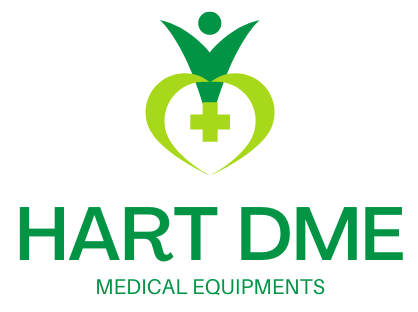Surgical dressings
Surgical dressings are vital elements of postoperative care that facilitate wound healing, prevent infections, and promote patient comfort. These specialized dressings come in various forms and are designed to protect surgical incisions, manage drainage, and promote a sterile environment. In this article, we will delve into the world of surgical dressings, their importance, types, and their role in the recovery process.
The Significance of Surgical Dressings
Surgical dressings serve several critical functions in the postoperative period:
Wound Protection: Surgical dressings create a barrier between the surgical incision site and external contaminants, reducing the risk of infection.
Moisture Management: They absorb excess wound exudate (fluid) while maintaining an optimal level of moisture to support the healing process.
Promoting Hemostasis: Some dressings aid in controlling bleeding by applying gentle pressure on the wound.
Comfort and Pain Management: Surgical dressings help reduce friction, provide cushioning, and minimize discomfort at the surgical site.
Facilitating Healing: Certain dressings contain materials that encourage tissue regeneration and help create an optimal environment for the growth of new cells.
Types of Surgical Dressings
A wide range of surgical dressings are available, each tailored to specific wound types and postoperative needs:
Sterile Gauze Dressings: Gauze dressings are commonly used for various types of wounds, including surgical incisions. They are highly absorbent and can be layered for greater absorption capacity.
Transparent Film Dressings: These clear adhesive dressings are ideal for minor surgical wounds, allowing healthcare providers to monitor the wound without removing the dressing.
Foam Dressings: Foam dressings are excellent for wounds with moderate to heavy exudate. They provide cushioning and moisture management.
Alginate Dressings: Made from seaweed extracts, alginate dressings are highly absorbent and suitable for wounds with heavy exudate, such as pressure ulcers.
Hydrocolloid Dressings: These dressings create a gel-like barrier as they absorb wound fluid and are commonly used for pressure sores and minor surgical wounds.
Hydrogel Dressings: Hydrogel dressings are ideal for dry wounds as they maintain moisture, helping to rehydrate the wound bed and promote healing.
Silver Dressings: Dressings infused with silver ions are antimicrobial and help prevent wound infections.
Choosing the Right Surgical Dressing
Selecting the appropriate surgical dressing depends on several factors:
Wound Type: The type, size, and depth of the wound will influence the choice of dressing.
Exudate Level: Consider the amount of drainage from the wound; some dressings are more absorbent than others.
Infection Risk: If there is a higher risk of infection, antimicrobial or silver dressings may be suitable.
Comfort: Ensure the dressing provides comfort to the patient and minimizes pain or discomfort.
Provider’s Recommendation: Rely on the expertise of healthcare providers who can assess the wound and recommend the most suitable dressing.
Conclusion
Surgical dressings are essential components of postoperative care, playing a crucial role in wound healing and patient comfort. The right dressing choice depends on the type of wound, the level of exudate, and the patient’s specific needs. By providing a protective barrier, managing moisture, and preventing infection, surgical dressings contribute significantly to successful postoperative recovery. Healthcare providers carefully select and apply these dressings to ensure optimal wound healing and the well-being of patients undergoing surgical procedures.

